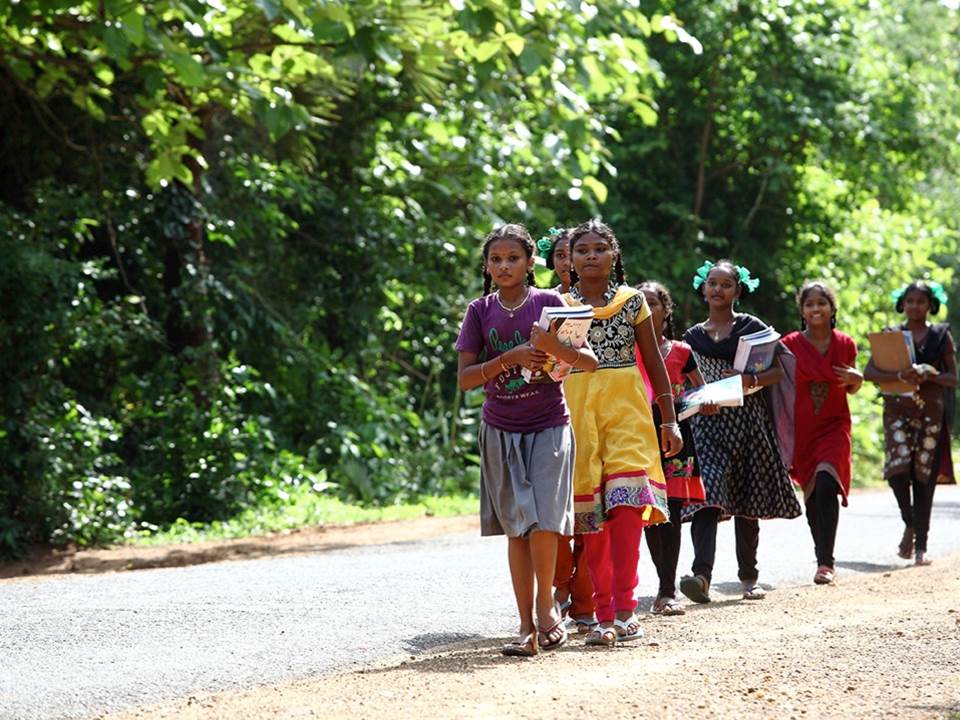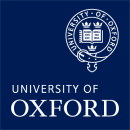
Breadcrumb
Private schools in India: more learning, more inequality?
Within education research, a great deal of attention has been paid to the effectiveness of different types of school within developing countries over the past decade or so, and in particular to the rise of low-fee private schools. Evidence appears mixed as to the role of the private sector in delivering education: low-fee providers are heralded as more effective and with higher standards by some, whilst others find evidence of a more mixed picture, both in terms of learning outcomes and equity.
In India, existing Young Lives research has shown that households are making school choice decisions about different types of school based on perceptions of quality. Children are attending a wide range of school types, and are changing schools (and school types) frequently. Private school effects on learning outcomes are heterogeneous, varying by subject, school locality and child age. Young Lives findings also suggest that there are widening inequalities in educational outcomes within the Young Lives sites in India – at least in part because of opportunities to attend different types of schools.
Within this diverse educational context, a key aim of the Young Lives 2016-17 school survey in Andhra Pradesh and Telangana was to explore questions on the effectiveness of different types of schools at secondary level. The sample for this survey, which included almost 10,000 Grade 9 children, was stratified by school type to ensure that each type was represented in sufficient numbers to conduct analysis relating to some of these issues.
Are children learning more in private unaided schools?
An initial look at the data reveals that children in private unaided schools are achieving significantly higher scores at the beginning of the school year than those in other school types. This is perhaps not surprising - particularly when we consider that these schools appear to be attended by a more advantaged subset of children within our sample (for example, 70% of the children attending private unaided schools are from the least poor wealth tercile [i]).
So we might want to look at the data in a slightly different way – for example, not just who has a higher starting score, but who learns more in one year. One advantage of the school effectiveness design of Young Lives’ 2016-17 school surveys is the use of ‘repeated measures’; that is, cognitive tests at the beginning and the end of the school year, which allow us to look at the ‘value added’ by each school in one school year. Our initial value-added analysis of the India survey data reveals that, on average, private unaided schools add more value than any other school type within our sample – both unconditionally and when controlling for student background [ii]. However, when we look at this on a school-by-school basis (rather than as an average), we can see that there are different levels of effectiveness both for private unaided schools and other school types – it is not the case that all private unaided schools in our sample are simply doing better.
This then suggests two further areas of interest relating to the effectiveness of private unaided schools in India. Firstly, what are some of the characteristics of those private unaided schools which are more effective? And secondly, are they equally effective for all children?
What are the characteristics of more effective private unaided schools?
As fee-charging schools, perhaps one of the most important characteristics of private unaided schools which we should consider is the level of fees they charge to students. Findings from the 2016-17 school survey suggest that those schools which charge higher fees add more value than those charging lower fees in both maths and English – both unconditionally and controlling for differences in student background (see Figure 1). It’s worth bearing in mind that, because of the pro-poor nature of the Young Lives sample sites in which the school survey took place, these ‘higher fee’ schools do not include any of the elite private schools which can be found in India.
Figure 1: Mean school value added (maths), by fee level (private unaided schools only)
Further descriptive analyses of the survey data suggest that other school characteristics also appear to be relevant. For example, smaller schools (those with fewer sections in each grade) add less value on average than larger schools, and urban schools add more value than rural schools (particularly in English).
This then suggests that, although on average private unaided schools add more value over the course of one school year than other school types, not all private schools are equally better. Furthermore, the characteristics of those private schools which add more value suggest that they are more likely to be available to children who are already more advantaged: those in urban areas, whose families can afford to pay higher fees. This has considerable implications for the equity of ‘more effective’ learning offered by these private unaided schools (as has previously been discussed by others, e.g. Harma, 2009)
Who are private unaided schools better for?
We might then want to think about who benefits most from attending private unaided schools. For example, in Figure 2, at first glance we can see that children attending private unaided schools make more progress at all levels of starting ability (Wave 1 score, on the x axis) than children from other school types. Looking in more detail, the steepness or shallowness of the fitted lines on this graph tell us more. For example, the greater steepness of the fitted line for private unaided schools suggests that these schools are better for children of a higher starting ability. As a result, there is a bigger gap between the school types for children with a higher starting score than amongst those with a lower starting score.
Figure 2: Maths test scores, by school type
Discussion
These findings suggest that private unaided schools in the Young Lives India sites achieve higher test scores, add more value, and are attended by a more advantaged sub-set of children than other school types. The data also reveals that not all private unaided schools are equally better – initial descriptive analyses suggest that schools which are larger, in urban areas, and which charge higher fees appear to add more value. In addition, analysis also suggests that those children who benefit most from attending private schools are those who have a higher starting ability level. This appears to have considerable equity implications, suggesting that even within private schools, the most effective schools are attended by those who are already more advantaged, and that those with higher ability levels will benefit more from attending them. Further analysis of the Young Lives 2016-17 school survey data is required in order to gain a more nuanced understanding of what these initial findings might mean in terms of the effectiveness of private schools and other school types within Andhra Pradesh and Telangana.
[i] Socio-economic status of children in the sample was estimated using data on assets and consumer durables, with a composite score estimated using Principal Components Analysis (PCA).
[ii] The value-added models incorporate test scores from the beginning and the end of the school year. The model for conditional value-added also includes a number of student background characteristics, such as socio-economic status, parental education and parental literacy.

